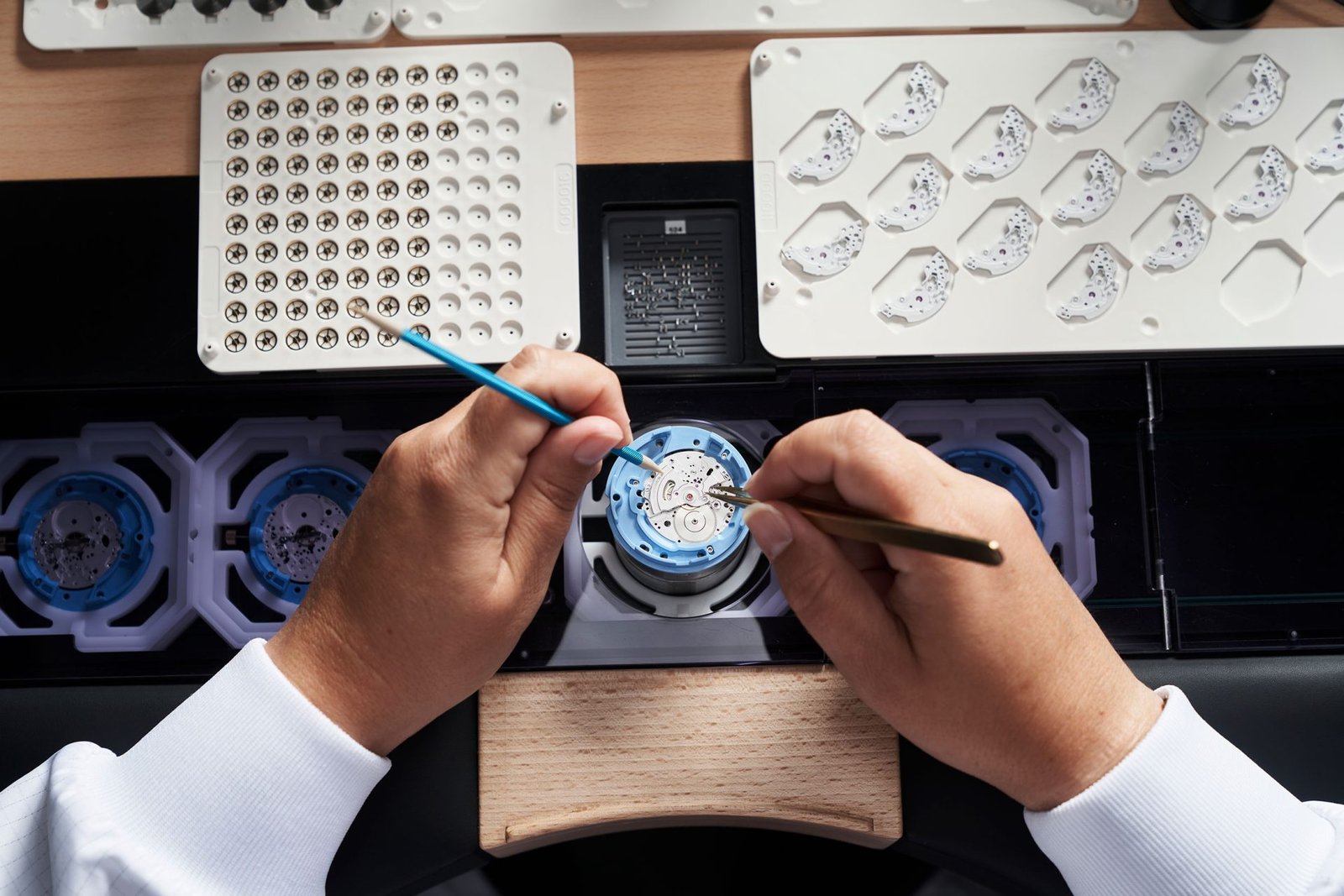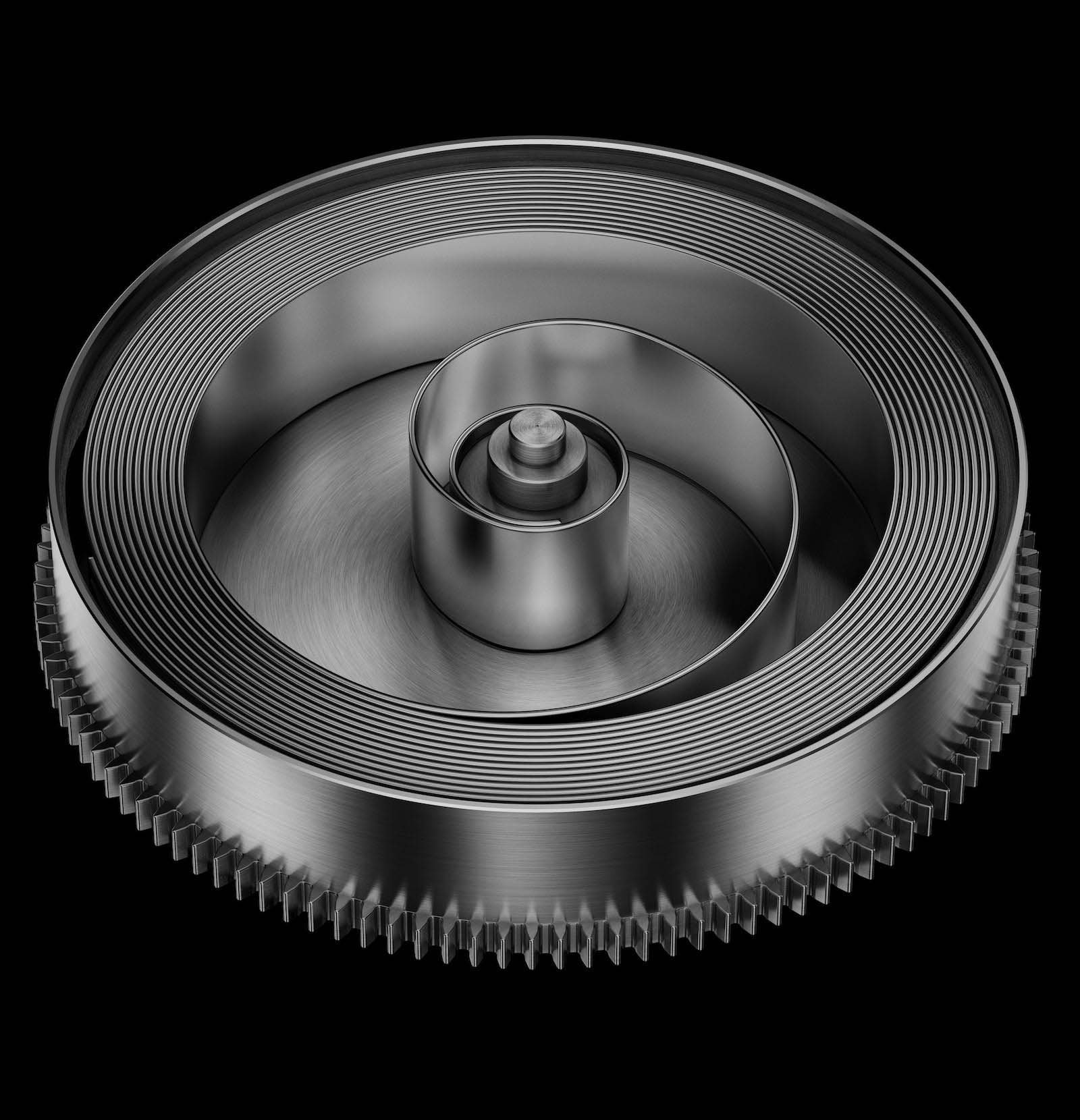Table of Contents
It has taken time, but Tudor finally has its own manufacturing. Rolex’s little sister thus takes an essential step in its expansion strategy that, sooner or later, will translate into broader and more complex production. Although Tudor’s headquarters are in Geneva, its managers have chosen the very watchmaking town of Le Locle. Something logical if we take into account the large number of firms and suppliers that are located within a few kilometers around and which are essential for the proper functioning of their facilities.
The beginning of the work began at the end of 2018 and finished at the beginning of 2023. Just over four years to build a building 150 meters longcon 5,602 square meters of work area y 51,210 cubic meters of volume. A building divided into two parts, one red and the other gray, due to the peculiar nature of its purpose and that helps us understand the plan that sustains the growth of Tudor.
Exclusive movement
Tudor began his project of creating his own movement thirteen years ago. This project finally saw the light in 2015 with the first appearance of these manufacture calibers in the collections Pelagos y North Flag. Some readers may wonder How was it possible for Tudor to manufacture its movements before building the factory where they were made?. The answer lies in the facilities left over the years by Rolex in its facilities to manufacture them.

A good short-term solution, but one that greatly limited the brand’s expansion possibilities. A few years later we learned that those movements were part of a more ambitious project under the name of Did you know?, to which corresponds the gray side of the brand new Tudor manufacture.
An open system
Two aspects distinguish the strategy of the Kenissi movements. The first is your industrial scale. According to data from Morgan Stanley, the Tudor’s estimated production is 270,000 pieces per year. Such volume forces us to establish a standardized production system where chain work is combined with the work of the operator. It is a work system that we have already seen before in other manufactures such as Breitling Chronométrie. The comparison makes perfect sense: the person responsible for Kenissi is Jean-Paul Girardin, Georges Kern’s predecessor as CEO of Breitling. We cannot forget either that the chronograph movements used by Tudor are variations of the well-known Breitling 01. Or at least that’s how it has been until now, since Tudor has announced that it is developing its own chronograph movement.






The second point that makes Kenissi special is its open nature. Faced with the exclusivity that defines Rolex, Tudor opens its hand more when it comes to collaborating with external firms. For starters, Kenissi is not wholly owned by Tudor. Chanel entered the company’s capital in 2018 with a fifth of the shares. The openness also extends to customers. Signatures like Bell & Ross, Breitling, Tag Heuer and her own Chanel They already have watches equipped with Kenissi movements. As Girardin himself confirmed to us, “Kenissi allows us to be closer to the market and gauge the acceptance of our movements compared to those of the competition”.
However, Girardin points out an important difference between the movements equipped by Tudor and the rest of Kenissi’s clients. “We use exclusive silicon exhausts that cannot be equipped by the rest of the companies”. As they later confirmed to us, this supplier of silicon exhausts also belongs to Tudor, although it remains in a discreet background. Currently, Kenissi production takes place in two lines of workcon three different movements (date, second time zone and power reserve), awaiting the arrival of the aforementioned chronograph.
Sistema Toyota
We leave the Kenissi wing and move to the Tudor red zone. We do it through the basements of the building, where we learn some more details regarding the construction of the building. There we discover that it rises above 330 concrete pillars, each 30 meters high. The entire building is protected by a waterproof membrane that isolates it from a nearby river.






As is common today, energy saving is essential, always thanks to technology. The building has an intelligent system of electrochromatic windows that adapt their opacity according to the strength of the sun’s rays. The roof has been used to install 442 solar panels and thus obtain part of the energy necessary for its operation.
Technology also plays an important role within the factory. The most striking is the establishment of the so-called Toyota Production System, a production system developed years ago by the Japanese automobile company in order to avoid the accumulation of unnecessary stocks. To do this, workers request the exact number of components they need at any given time.


The building has an advanced transportation system that will deliver the required pieces, automatically, in a time always less than ten minutes. According to what they tell us, it looks like a science fiction movie. The impression is confirmed when we reach the control area and we see the 46 tons of state-of-the-art machineryrobots included, that the manufacturing hosts to carry out at least two types of protocol (COSC embedded and GOALS).
Recently opened, the visitor cannot help but notice the enormous lot that exists next to the factory. This space also belongs to Tudor, so we wouldn’t be surprised if they use it in the future to expand their facilities.






